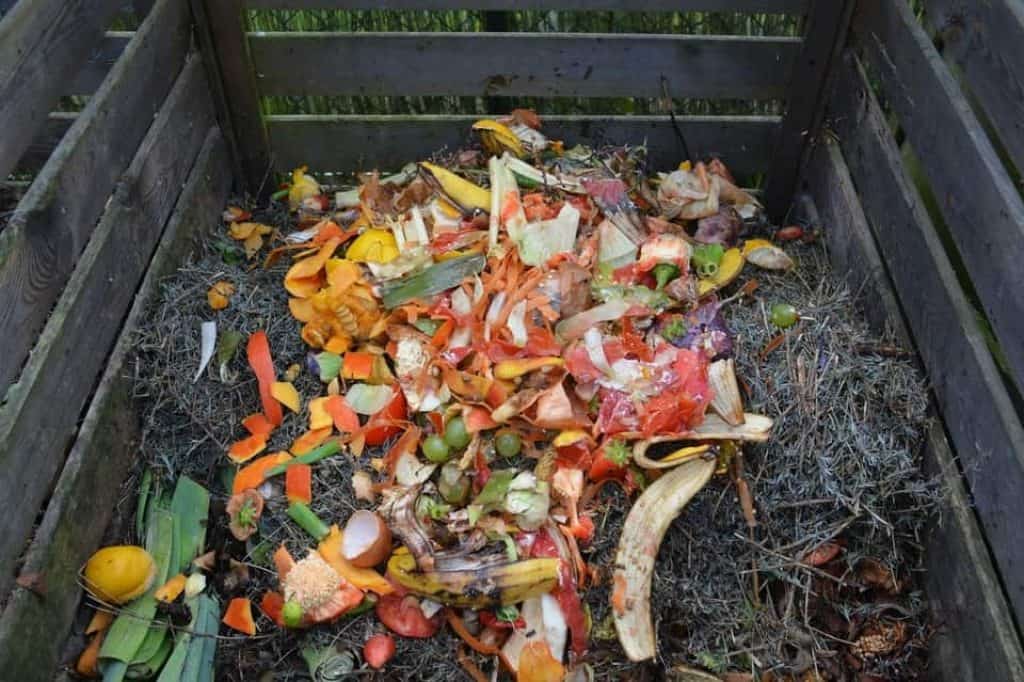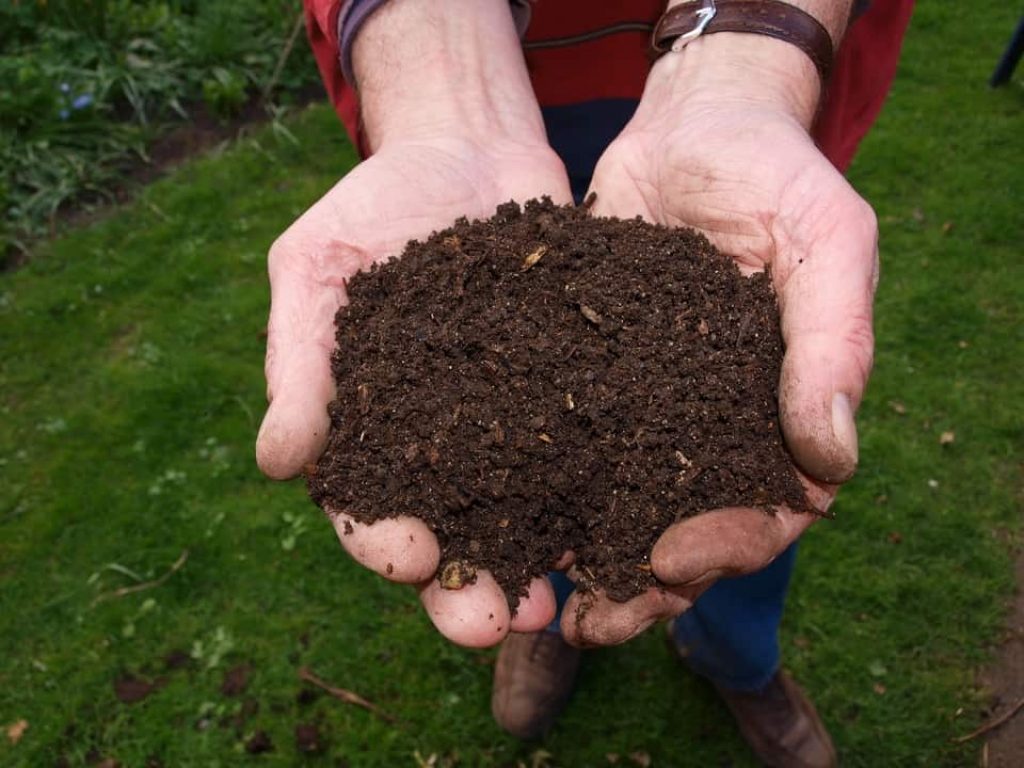When we cut the grass is common to throw away the remains in a garbage container without knowing that we are tossing away excellent components for natural compost. Grass clippings are good for compost since they are rich in nutrients and have powerful organic components that we can reuse in our gardens.
Making compost out of grass clippings is simple, but there are a few tricks to dominate. This blog will detail why grass clippings are suitable for composting and how to do it properly.
Why is it Good?
By composting in our homes, we can take advantage of what would be garbage into something useful for our garden, not to mention that it is pretty economical to do so.
The other advantage of making compost from grass clippings is that it decomposes quickly because it contains very little lignin, the element that retards decomposition; depending on the density and the type of organic material, you could have compost in 1 to 3 months.
We must mention that our grass clippings have all the nutrients the grass absorbs while still living. If you have done some fertilization, the remaining nutrients are stored on the clippings, so we are reusing them by composting.
The process of composting is done by microorganisms living in the open air. This microorganism eats and decomposes the leaves, clippings, or any organic material that is available to them.
How to Do It
We must deposit the remains in a suitable container to create compost with the grass clippings. This container can be a special one for compost or homemade. When the garden is large, we can often establish a suitable place to dig a small hole and throw the dry grass into it. That’s my case!
We should note that we can use and add food scraps to our compost. But be careful and never add rotten food or excrement remains.
As mentioned before, the compost is done thanks to the presence of microorganisms that are responsible for breaking down all the organic matter that we provide; these microorganisms are present in nature, it is not necessary to add any supplement or chemical to our organic material, the nature takes care of almost everything.
The process of digesting the organic material by the microorganisms generates heat. Maintaining the temps not too elevated is essential since we don’t want to cook our microorganisms alive. We advise moving our mix periodically; two times per week will do the work. In this way, we will create a uniform mixture and release heat to help the microorganisms work better.
Possibles drawbacks
Overloading the composting pile with organic matter to decompose can be a drawback of composting grass clippings, as the microorganisms responsible for the decomposition of organic matter consume 30 times more carbon than nitrogen.
You have to be careful with the mixture; if we go too aggressive with the grass and put an excessive amount, it will be more difficult for the microorganisms to digest all the material.
If we mix the grass with other more complex elements, such as pruning remains, it is convenient to use a shredder. This will break down significant items into tiny pieces, turning them into compost much faster.
As mentioned before, we can add organic remains such as food remains. Potato peels, leftover vegetables, fruits, leaves, expired yogurts and juices, oil, coffee grounds, and infusions. Elements such as natural wood sawdust, ash or roots, and other remains of pruned or trimmed plants and trees are also used. Never add rotten remains or that may contain chemical elements due to artificial treatments or that may be a source of diseases such as excrement.
We will know that the compost is ready when it acquires a texture and color similar to dirt, not too wet. The average time of the process is 4 or 5 months, at which time you will have a large quantity of natural, ecological, and cheap fertilizer.

Alternative uses of grass clippings
Mulching
You can use it as mulching by cutting the grass very finely and letting it rest in its place. The grass clippings remain on the ground, forming a protective layer that retains moisture. Over time, its degradation progresses, providing nitrogen as a natural fertilizer. However, if a lot of clipped biomass is left on the surface, it prevents water infiltration into the lawn, which is a disadvantage. So be careful!
Mulch
This practice fundamentally helps retain moisture, control weeds, and provide nutrients to the soil. These cuttings are rich in nitrogen and potassium and form an essential fertilizer for plants. At the same time, it stimulates the development of the microorganisms necessary for the structure of the soil. The clippings must be dense and not finely cut when used as mulch.
Liquid Fertilizer
Place grass clippings in water and let them sit to form it. All the nutrients, such as potassium, nitrogen, phosphorus, and amino acids, will leach into the water within two weeks. We recommend covering the bucket to prevent mosquitoes from developing. After two weeks, you can water the plants or crops in the garden with the preparation. You should add grass clippings every two to four weeks.
Livestock food
Since the clippings contain reasonable amounts of nutrients, they can be used to feed livestock. It reaches around 18% protein values in the best cases, and its digestibility is better than hay.
Conclusion
Composting seems straightforward, but it takes some work. The amount of organic matter to decompose and the constant movement of the mass are two crucial points to consider for ideal composting. The first point is never to exceed the amount of organic matter to decompose; since this can be too much for microorganisms, we must add little by little. The second important point is constantly moving the grass to aerate and release heat; remember, we do not want to cook microorganisms alive.

Frequent Ask Questions
Can we use grass treated with herbicides for compost?
If you are composting residential grass clippings, the herbicide you probably used on your lawn will break down within a few days and should not pose any additional danger to other plants.
But suppose you are using grass clippings from a non-residential location like a farm or golf course. In that case, there is a significant chance that the herbicides used in these grass clippings could take weeks or even months to break down and therefore, they can pose a threat to plants that receive compost made from these types of grass clippings.
What not to do when composting?
One might think composting grass clippings is as easy as throwing the grass into the compost pile and then walking away. Simply dumping grass clippings into your compost pile can result in a slow-moving and/or smelly compost pile because the grass is green and tends to form a mat after being cut and piled. This is because the grass can become compacted and too wet, which prevents aeration and kills the microbes that cause composting to occur.
In other words, improper handling of grass clippings in the compost pile can result in a dirty, putrid mess. Instead, when composting grass clippings, be sure to mix or turn the grass clippings into a pile. This will help distribute the green material evenly throughout the pile and prevent the grass from forming a mat in a pile.

